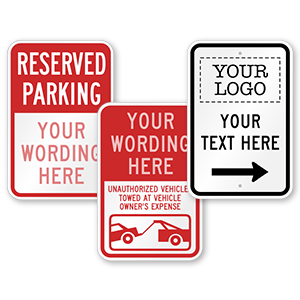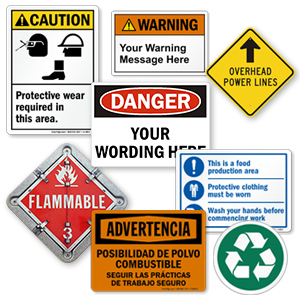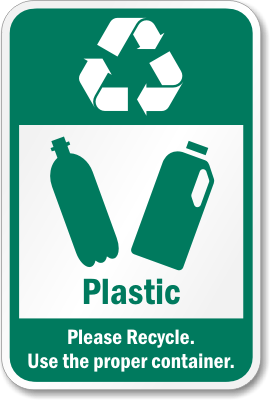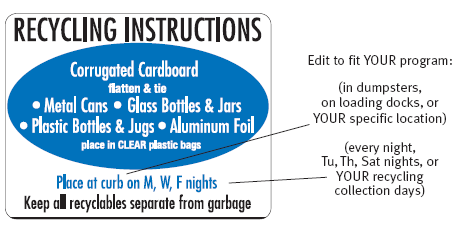According to the
data published by U.S Energy Information Administration for the year 2006, the country consumed nearly 331 million barrels of LPG (liquid petroleum gases) and NGL (natural gas liquids) to manufacture plastic products in resins and the plastic material industry.

The quantity consumed to make plastic is equivalent to 4.6% of the total U.S petroleum consumption. This plastic produced then becomes plastic waste and forms the part of the municipal solid waste stream. Plastics comprise 12% of this waste stream. In California, this figure is 9.6% while in NYC, plastic accounts for 7.5% of the residential waste stream. Not all plastic waste that is generated can be recycled. Some grades of plastic require more effort than the others, while some plastic cannot be recycled at all and end up in the landfill.

It is therefore important to see how different type of plastic can be classified in terms of their recyclability. Understanding the types of plastics and their recyclability will help you in recycling more efficiently.

You’ll find that each plastic item is marked by a symbol (three arrows chasing one another in a triangle). That, however, does not mean that the plastic is recyclable. The number inside the symbol determines the recyclability. These numbers or the resin identification codes were introduced by the Society of Plastics Industry (SPI) in 1988 to find out the content of containers and bottles dumped in the residential waste stream.
















